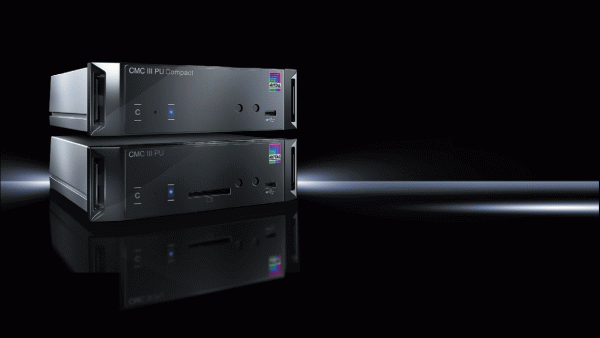 It is vital for businesses to select the correct system enclosure and its associated accessories for an application, as the systems and networks within a business provide data, communication and backbone operations. In addition, the bottom line of a business can suffer as a result of slow performance and outages. However, correct enclosures selection can prolong the life of the installed equipment, save energy, lower utility costs and protect against unscheduled down-time.
It is vital for businesses to select the correct system enclosure and its associated accessories for an application, as the systems and networks within a business provide data, communication and backbone operations. In addition, the bottom line of a business can suffer as a result of slow performance and outages. However, correct enclosures selection can prolong the life of the installed equipment, save energy, lower utility costs and protect against unscheduled down-time.
As the saying goes, prevention is better than cure, and continuous monitoring enables problems to be resolved before they escalate. It’s better to take care that a problem does not happen than to have to solve it afterwards. Temperature, moisture and alarm signals from the installed equipment and the internal enclosure environment can all be checked via remote monitoring – all from a safe remote location, removing the risk to personnel working in a potentially risk adverse environment.
An example
Rittal’s monitoring solution, CMC, is an example of remote monitoring and is now available in version III, for use in control cabinets and enclosures. One of the latest features is an integrated OPC (Object Linking and Embedding (OLE) for Process Control) server, which is compatible with around 99% of the most widely used control console systems. The change to serially connected sensors with CAN buses is another feature that reduces time and effort for installation and maintenance.
 Earlier versions of remote monitoring on the market used the common IT network protocol SNMP, but the newer versions now come with an integrated OPC server that is standard in control console technology. A comprehensive monitoring solution should not only check important data on temperature, humidity and voltage in the enclosure, it should also provide effective opportunities for saving energy. To control the temperature effectively, there is a need to monitor and control air flow and water flow within the system.
Earlier versions of remote monitoring on the market used the common IT network protocol SNMP, but the newer versions now come with an integrated OPC server that is standard in control console technology. A comprehensive monitoring solution should not only check important data on temperature, humidity and voltage in the enclosure, it should also provide effective opportunities for saving energy. To control the temperature effectively, there is a need to monitor and control air flow and water flow within the system.
Reducing energy
High consumers of energy can be detected and replaced by efficient systems. Besides this, extensive and results oriented analyses should be carried out, so that the lifecycles of the components used can be extended. In the event of out of spec measurement data, the CMC III performs automatic countermeasures, informing immediately by e-mail or optionally by SMS. In addition, the software is capable of being used as a data logger (data recorder), for instance, ensuring a complete documentation of the equipment’s ambient temperature. Automated processes can gather all the data relevant to availability and consumption status independently from the PLC and forward it directly to the control centre via OPC.
The temperature sensor for monitoring enclosure climate control and an infrared sensor which ‘determines’ whether the enclosure door is open or closed, are two of the most important functions and should be integrated in the central processing unit as defaults. In addition, the unit should automatically control the enclosure light and climate control. If the door is opened the light or the enclosure cooling system will be switched off. Other functions include a S0 bus for measuring energy use, while the monitoring of humidity, air flow, pressure difference or voltage can also be integrated, depending on the requirements. A 24V DC power supply via terminals or Power over Ethernet (PoE) are possible, or the system can be supplied with energy redundantly.
Further features
One further feature is the change to Controller Area Network (CAN) buses – these are integrated in the central processing unit and in intelligent sensors. Thus, unlike traditional I/O units, the CAN bus sensors are not connected individually to the central processing unit, but rather to each other in series.
The processing unit can be mounted in the enclosure frame. Therefore, it is oriented to the enclosure door and does not require any space on the mounting plate. Optional control units, with up to 128 digital inputs and 64 relay outputs, can be fitted to the mounting plate by top-hat rail mounts. Network integration, as well as configuration and commissioning are performed comfortably with a laptop and a USB port. The user can choose between TCP/IPv4 and TCP/IPv6 as network protocols.
Rittal
T: 01709 704 000

